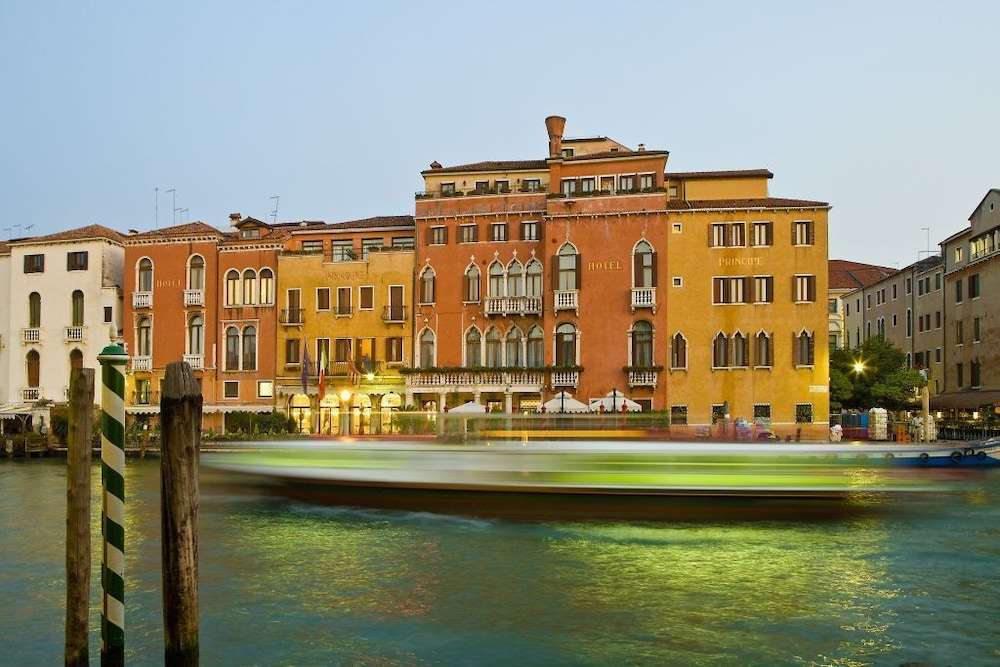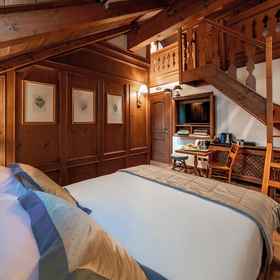
Search Top Hotels in Veneto
Destinations to Discover

Why Pay More
When You Can Pay Less?

Popular Hotels in Veneto
Discover what you like
Stay near exciting spots
Plenty of options, whatever your occasion
More about Veneto
Nestled in North-Eastern Italy and bordered by Friuli-Venezia Giulia, Emilia-Romagna, Lombardia, Trentino-Alto Adige, and Austria, Veneto, or Venetia as it is known by non-Italian speakers, is divided into the Metropolitan City of Venice and 6 more provinces.

Other than its capital, Venice, the region has 580 more municipalities, with Verona, Padua and Vincenza being only some of the most visited for their villas, heritage, art and culture.
With the striking Dolomites in Belluno, 7 rivers flowing through the region, like the Po and Adige, the crystal-clear Lake Garda to the west, and the Venetian Lagoon, Veneto will surely make for a magical destination.
How to Get There
The region is easily accessible either by plain or train. Lombardia is serviced by two main airports, namely the Venice International Airport and the Treviso Airport. The former, located 13 kilometres from the heart of Venice, is connected to the both Venezia Mestre and Venezia Santa Lucia stations by a 20-25-minute bus service. The latter, on the other hand, is quite farther from the capital at 25 kilometres, but is nearer to other major cities like Padua (only 37 kilometres).
Similarly, the Treviso railway station is connected to the airport by the 6 ACTT bus line. Conversely, major stations in the region are connected to other Italian cities like Rome, Milan and Florence through Trenitalia and Italo high-speed trains.
Getting Around
Once in the region, getting around Veneto is easy and accessible thanks to the extensive rail and road networks. Almost any area in the region is connected via train stations serviced by Trenitalia. Similarly, seven highways cut across the region, making public transportation quick and easy.
From Venice, Verona and Cortina d’Ampezzo is two hours away, while Padua and Treviso take only half as long. Lastly, getting around Venice is a little different from your everyday transportation. The historic centre prides itself on having no cars. Instead, tourists will have to ride a vaporetti, or water bus, to get to different areas of the city and the rest of the lagoon.
Top Things to Do
Veneto, and its municipalities, provide tourists with a gamut of opportunities for fun and leisure. Be it with the region’s amazing scenery, like the breathtaking Dolomite mountain range and the pristine glow of Lake Gard, the verdant and lush countryside, or the historic and cultural centres of Venice, Padua and Verona, the region is sure to impress any discerning tourist.

Nestled in an emerald green lagoon, Venice is a 120-island archipelago listed as a UNESCO World Heritage Site. The city has plenty of nicknames, but the City of Canals is considered to be one of the most beautiful and romantic cities in Europe. Not only is the Venetian Lagoon a sight to behold, but the city, having been the centre of the once financial and maritime power during the Middle Ages and Renaissance, is imbued with so much history and culture in its architecture, food, music and traditions.
The Byzantine-style Basilica of St. Mark and Gothic Doge’s Palace are so elegant in their design and architecture, that even Napoleon praised the two for their beauty. Other popular destinations in the area include Palladio’s Church of the Redeemer and the striking Rialto Bridge.
Beyond Venice, Padua, or the City of the Saint, is home to the world’s oldest academic botanical garden, the Orto botanico di Padova, which unsurprisingly is also another UNESCO World Heritage Site. A visit to the local university and Palazzo della Ragione will surely make for a great excursion.

Verona, which served as the setting for Shakespeare’s Romeo and Juliet, is another main tourist destination in the area because of its artistic heritage, shows, operas, and, most importantly, the millenniums-old Arena in the centre. Lastly, a visit to Veneto would not be complete without seeing the Palladian Villas, the grandest of which are located in the cosmopolitan city of Vicenza.
Veneto also has a huge spa tradition. The region is, in fact, the largest thermal basin in all of Europe, and a quick relaxation will surely cap anyone’s visit.
What to Eat
The region is also known from some of the most recognisable dishes, desserts and wines in all of Italy. Rice, polenta, beans and baccalà, or salted codfish, are the four main ingredients, and can be prepared in a variety of ways.

Sopressa and Prosciutto are also mainstays in the local cuisine. Local wine, such as the Amarone, Soave and Prosecco, plays a huge part of the region’s culture. Cheese does not play second fiddle to wine and cured meats either, with the region producing different types, including Asiago, Piave, and Grana Padano. Lastly, Tiramisù, which means ‘pick me up’ in English, is a popular dessert that originated from the region.
Where to Stay

Being home to so many beautiful towns, the region draws hundreds of thousands of Italians and Europeans every year. As such, it comes as no surprise that the municipalities, like Venice, Padua and Verona, offer plenty of accommodation options to tourists. Venice has plenty of luxurious hotels, but if one’s travelling on a tight budget, staying at the B&B San Marco, with its Venetian-style bedrooms and overlooking the view of the canal, is highly recommended.
Travel Tips
Facts about hotel in Veneto
Total Accommodation | 9,202 Properties |
Popular City | Venice, Verona |
Popular Hotel | Crowne Plaza VENICE EAST - QUARTO D'ALTINO, an IHG Hotel, Due Torri Hotel |
Popular Landmark | Venice Marco Polo Airport (VCE), Canevaworld Aqua Paradise |
Frequently asked questions

Guest reviews in hotel near Veneto
Why book Accommodation in Traveloka?



We’ve got more than just hotels
Always in the know about travel tips, recommendations, and Traveloka’s latest promos.


































 Facebook
Facebook Instagram
Instagram Youtube
Youtube
